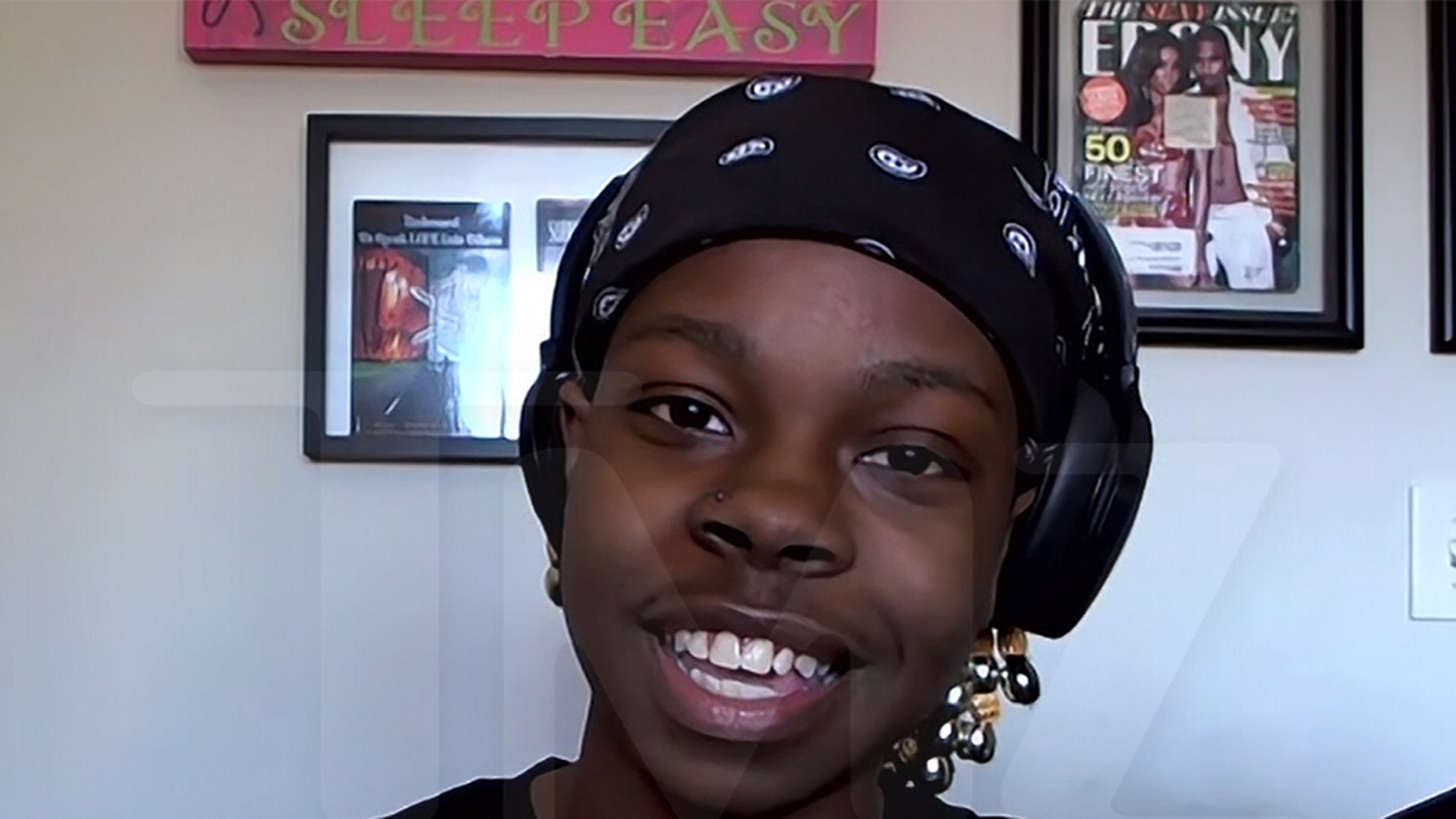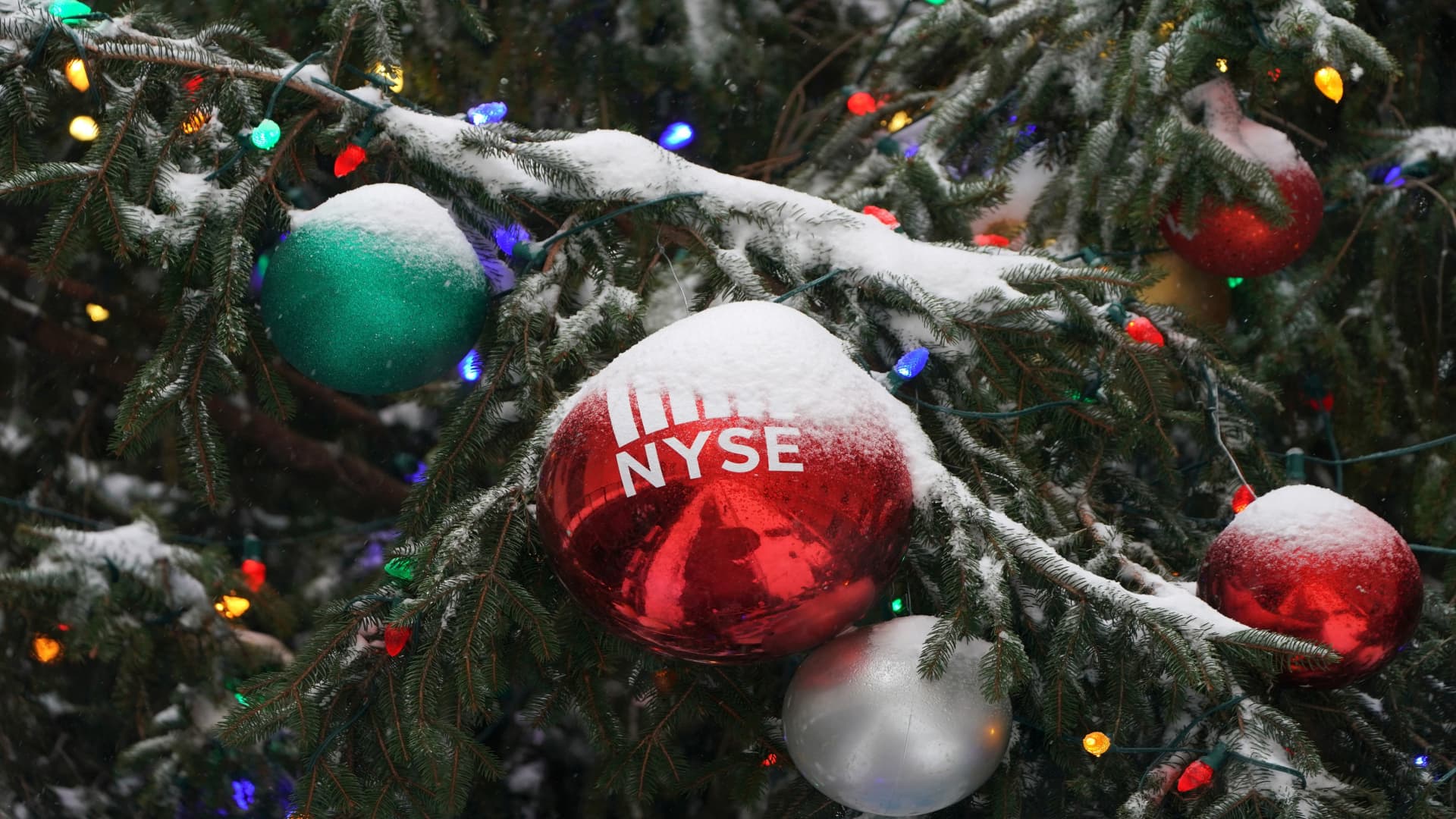Stocks could chop around for several weeks before moving higher in a traditional year-end Santa Claus rally, say analysts who follow charts. Some strategists pinpoint a turning point for stocks after the middle of December — after the Federal Reserve holds its next meeting on Dec. 13 and 14. The central bank is widely expected to raise interest rates by a half point at the end of its meeting, but economists are also watching jobs data Dec. 2 and consumer inflation Dec. 13 for any more hints on what the Fed will do. That could create market volatility. “I don’t think December is going to be straight up,” said Mark Newton, head of technical strategy at Fundstrat. “It’s normally pretty choppy. Where the market tends to seasonally peak is the fourth week of the month. If you’re going to have consolidation, you have it between the second and third week of the month.” Tuesday’s rally this week was an important one-day move, putting us “on a nice path,” he said. Newton expects the S & P 500 could see a move to 4,120 by early December, then a retrace, and then a move back toward 4,120 or higher into year end. “My stuff is pretty choppy until about the 20th, and then we go up. I don’t know what the year-end targets are. It depends on the degree the market consolidates,” he said. “I’m willing to say we probably sell-off around the Fed and then go higher into year-end.” Newton expects the market to follow the pattern of 1962. According to Cannacord Genuity, that was a year when the S & P 500 was down 21.4% in the first three quarters of the year, but up 12.1% in the final quarter. If history is a quide, the S & P 500 would not have much further to go since it is already up 11.3% for the quarter. Newton said the S & P could go 3% to 5% higher. Rob Sluymer, RBC technical strategist, said he expects the market put in a cycle low in October, and he sees a similar pattern of a choppy market that moves higher into year-end. “It’s a little stretched here over the short-term and we could chop around for a couple of weeks, then move higher into year end,” he said. “Q4 is seasonally strong into Q1. It’s pretty consistent.” Sluymer said his target for the S & P 500 on the downside is 3,900. The index rose Tuesday and closed at 4,003, up 1.4%. “The next key level 4,064 is the 200 day,” Sluymer said. “There’s a band between 4,100 and 4,155. Those are upside hurdles, and then it’s 4,300, the August highs.” He said there is a key area at 4,120 that strategists will be watching as a resistance zone. Before that is the 200-day moving average, a momentum indicator based on the average of the last 200 closing prices for an index or stock. For now, internals are also improving. “We had fewer new lows going into October. … There are more stocks above their 200-day moving average compared to where we were in October, after peaking in early 2021,” he said Sluymer said he is looking for opportunities outside of tech, which is lagging. “I think we’re seeing a rolling bottom in the market. Tech is certainly the last thing to roll over and they need some time to really complete their bottoms,” he said. Energy was the top performer this year, and he says it is still a sector that is working, as are industrials. In a recent report, he said industrial stocks like Cummins , Eaton, Caterpillar and Deere had big runs, but these picks are still working for investors. Fundstrat’s Newton said he is looking at stocks that are hitting new 26-week and 52-week highs. “Those are the areas investors want to hide out in in bear markets,” said Newton. Among those names are Cigna , Archer-Daniels-Midland, Autozone, Valero, General Dynamics and Lockheed Martin . He notes that Pepsi and Merck broke to new all-time highs Tuesday, as did MetLife . “It’s human nature to want to buy low, sell high,” he said. “In the investing world, it’s almost always better to buy high, sell higher.”
The stock market is poised for a Santa Claus rally, but not until after the Fed meets
Related Posts
RECENT POSTS
Browse by Category
- Books (1)
- Business (3,474)
- Events (2)
- Fashion (5,449)
- Horror (1)
- Interviews (28)
- Movies (5,445)
- Music (5,480)
- News & Gossip (6,218)
- Television (5,475)
- Uncategorized (1)
- Video Of The Day (883)
POPULAR POSTS
READERS' PICKS
EDITOR'S PICKS
© 2022 EssentiallyHollywood.com - All Rights Reserved
















































































